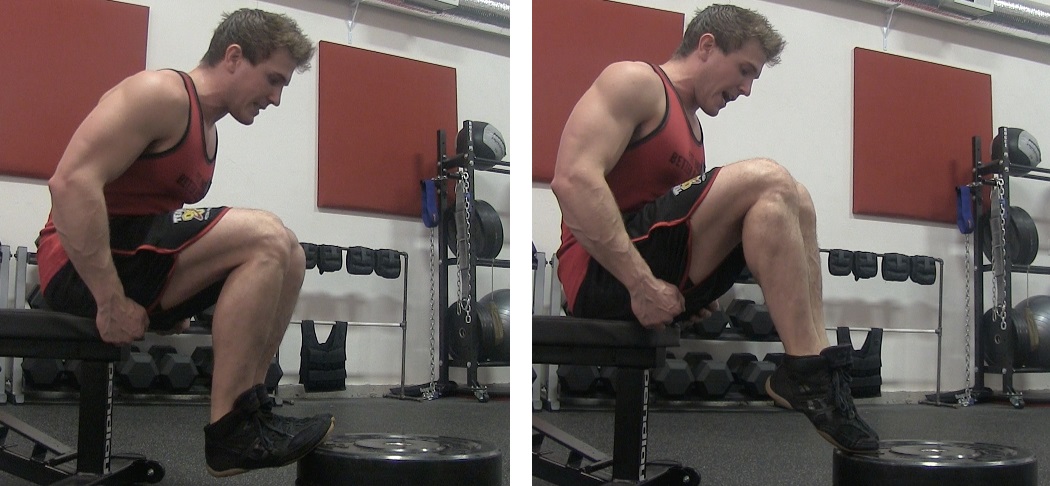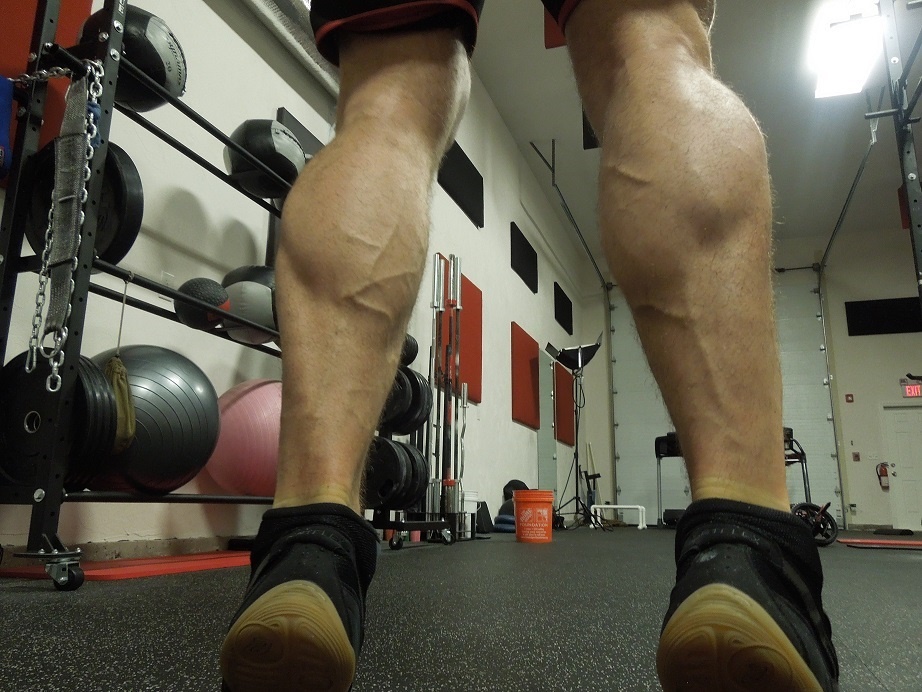Calves: Why Mine Are Growing & Yours Are Not!
Muscle Gain Tips That You CAN'T Afford To Ignore!
We spend so much time in the gym, but how much of that time is tossed in the trash due to ego lifting? It’s no coincidence that many of us, myself included, have a hard time building big calves and traps.
The exercises used to build these muscles are probably the easiest to get caught up in using “more weight” instead of focusing on an ACTUAL muscle contraction and for that reason those muscles are UNDERDEVELOPED!
But today is the day all of that is going to change! Well, at least for those calves!
Two Mistakes That Are Keeping Your Calves Small!
Many of you might be asking yourself why your calves are not growing even if you are training them two to three times a week. I want you to know that you are not alone in this struggle and it is for that very reason why most people get to the point where they just give up on their calves.
I would have to say that the following mistakes mainly occur because 99% of people in the gym are performing them daily. Many gym goers follow a “monkey see, monkey do” mentality, especially beginners, and this is why, over time, we have so many people exercising with bad form.
Each mistake has a lot to do with the “Mind-Muscle Connection”. If you are not familiar with this, I suggest after reading this article, you can CLICK HERE to read more about it. The MMC is a lot more involved than just “feeling” it in the right place when exercising. In fact, if you do not train your body and really explore the concept of the MMC, you can become weaker over time.
But let’s get back on track.
MISTAKE 1: Range Of Motion
No matter what exercise you are performing, you need to train your muscles in the full range of motion. Remember that the most muscle damage, which leads to growth, occurs in the “negative” portion of the movement. This means that if you are not performing a “full extension” with your calf raises, then you are drastically shortening the negative portion of the movement.
MISTAKE 2: Using Too Much Weight
The main reason why MISTAKE 1 happens is directly related to MISTAKE 2. Whenever you use too much weight on any exercise you either:
a) Perform some reps with full range of motion and as your muscles fatigue you reduce the range of motion to compensate for the weight being too heavy.
Or…
b) You perform zero reps with proper range of motion resulting in little to almost zero muscle activation of the area you are trying to work. In some cases you may even contort your body to perform the movement and this use of bad form causes surrounding / secondary muscles to work harder to complete the movement which can lead to an injury.
Now, understand that I am NOT saying that you need to use “light weight with high reps” to build muscle. As many of you know I talk a lot about muscle fiber types and ratios and depending on your slow twitch to fast twitch ratio your workout parameters may change. However, whether your focus is more volume or heavy weight with low reps, you will still need to utilize proper form. To find out what your muscle fiber ratios are and the best methods for you to build muscle, check out MuscleGenes.
It all comes down to the quality of reps. What happens with most people is that they use too much weight and start bouncing the weight up and down. The repetitions happen so fast that the calves have zero time to contract & activate properly and the muscle damage is close to zero as well. The focus becomes more about how much weight you can “move” as opposed to how much muscle damage you can cause per repetition.
Think about how over time, even if you are training your calves two to three days a week, how this inefficient method of training is robbing you of your overall growth in your calves. If find yourself making these mistakes, I suggest you rectify them immediately!
THE DIP!
You may have noticed that most calf machines have a platform for you to stand on where your heels are meant to “hang off” of it. Even if using a seated calf machine, the concept remains the same. The purpose of this platform is so that as you perform each repetition, you are able to “dip” your heels well below it causing a much deeper stretch of the calf muscles thus increasing the range of motion of the exercise.

This increased range of motion will make the exercise harder to perform, especially if you are using too much weight.
What happens to most people is that the first few reps will contain a FULL DIP at the bottom of the movement and a FULL EXTENSION at the top of the movement. But as the repetitions continue and their calves become fatigued, the range of motion becomes smaller and smaller to the point of where they are barely moving up and down one inch.
This can be fixed two ways.
- Use less weight
- Once you can no longer perform the full range of motion, stop and remove some of the weight and then finish your set.
The Toe Raise: Tips For Calf Raises Off The Floor
When performing a bodyweight calf raise, barbell calf raise or any calf exercise on the floor without a platform you can increase the intensity by incorporate a toe-raise at the end of the movement.

The toe-raise is going to simulate “the dip” we just talked about. Although it won’t have exact the same effect due to not being able to maintain the same load on the calves during the toe-raise portion, it will force you to stop after each repetition and contract your calves a bit harder to maintain stability.
Routine Tips: Build Bigger Calves In Just Six To Eight Weeks!
Now that you are ready to implement the information above, let’s get you on a strict schedule of working your calves two to three times a week.
On DAY 1 you are going to focus on hitting your calves with heavier weight utilizing the equipment at your gym or at home.
- Choose 2 – 3 exercises
- Rest 1 – 2 minutes MAX between sets and exercises.
- Perform 4 sets of 10 – 15 repetitions per set on each exercise.
For DAYS 2 & 3 you are going to perform bodyweight movements and you can do these at home or at the gym.
- Find an elevated platform or a staircase
- Perform 10 – 15 sets of 10 – 15 repetitions
I personally prefer using a staircase because you can focus your energy on completing all your sets once you reach the top of the stairs.
Don’t let anyone tell you that you are at a genetic disadvantage when it comes to your calves. Your genetics will determine their shape, but YOU will determine their size!
Now get to work Nation! Transform those baby calves into RAGING BULLS! #HTH #SHFAthlete #ProjectGains #MuscularStrength








